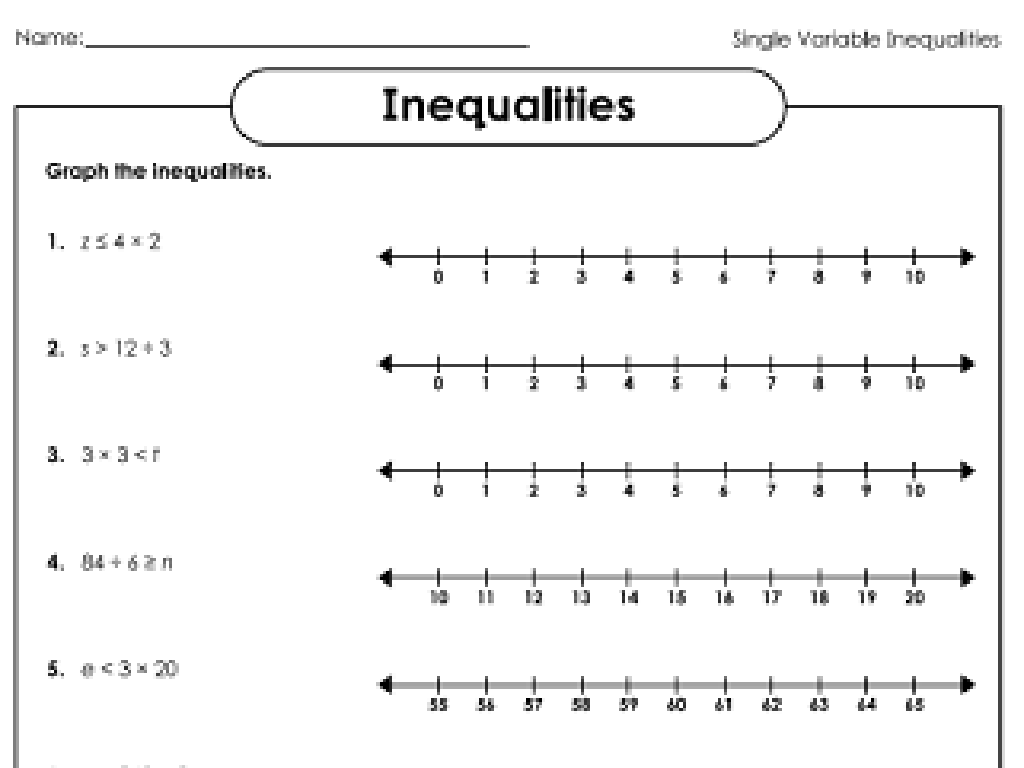Match Analog Clocks And Times
Subject: Math
Grade: First grade
Topic: Time
Please LOG IN to download the presentation. Access is available to registered users only.
View More Content
Welcome to Telling Time!
– Greetings and introduction
– Today’s topic: clocks and time
– Importance of understanding time
– Knowing time helps us organize our day
– Exciting activities ahead
– Get ready to learn with fun games and exercises
|
This slide is designed to welcome first-grade students to the concept of telling time. Start the class with a warm greeting to make the students feel comfortable. Introduce the topic of clocks and time, emphasizing its importance in daily life, such as knowing when to wake up, when it’s lunchtime, or when to go to bed. Explain that understanding time is a skill that will help them be more independent and responsible. Prepare them for the engaging and interactive activities planned for the lesson, which will include games and hands-on exercises to practice matching analog clocks with the correct times. The goal is to create an enthusiastic and supportive environment for learning this essential life skill.
Understanding Time
– Time tracks events
– Measured in seconds, minutes, hours
– Like using a stopwatch or timer
– Clocks display the time
– Analog clocks have hands to show time
– Practice reading clocks
– We’ll learn to match times on different clocks
|
This slide introduces the concept of time to first graders. Begin by explaining that time helps us know when events happen, like when to wake up or have lunch. Discuss how time is measured in seconds, minutes, and hours, using examples like ’60 seconds make a minute’ and ’60 minutes make an hour.’ Show them a clock and point out the hour and minute hands. Emphasize that clocks help us see what time it is so we can follow our daily schedule. Plan activities where students practice setting and reading times on both analog and digital clocks to reinforce the lesson.
Parts of a Clock
– Clock face and its numbers
– Short hand: the hour indicator
– The short hand points to the hour
– Long hand: the minute indicator
– The long hand points out the minutes
– Matching hands to time
|
This slide introduces students to the basic components of an analog clock, which is essential for learning how to tell time. The clock face is the front surface of the clock, displaying numbers typically from 1 to 12. The short hand, or hour hand, indicates which hour it is. The long hand, or minute hand, moves around the clock to show how many minutes have passed within the hour. Understanding these parts is crucial for students to begin matching specific times to the positions of the hands on the clock. In class, practice by pointing to different numbers and asking what hour or minute that represents. Also, consider bringing a large demonstration clock for better visual learning.
Whole Hours on the Clock
– Long hand at 12 means a whole hour
– Short hand shows the hour number
– Let’s practice reading clocks
– Example: If short hand is at 2, it’s 2 o’clock
|
This slide introduces first graders to the concept of whole hours on an analog clock. Emphasize that the long hand, or minute hand, being at 12 is the key indicator of a whole hour. The short hand, or hour hand, points directly at the number of the hour it is. Use classroom clocks or visuals to demonstrate different whole hours. For practice, show various clocks with the long hand at 12 and ask students to identify the hour by looking at where the short hand points. Encourage students to make their own clock drawings with different whole hours. This will help them to grasp the concept of telling time to the hour on an analog clock.
Matching Time to Daily Activities
– Daily activities occur at specific times
– Match clock times to activities
– Example: Lunch time at 12:00
– Eating lunch is often at noon, which is 12:00 on the clock
– Draw hands on clocks for activities
– Show what time you do things like waking up, going to school, or bedtime
|
This slide is aimed at helping first graders understand the concept of time in relation to daily activities. Start by discussing the different activities they do throughout the day and what times these activities usually happen. Use the example of lunch at 12:00 to illustrate how to match activities with times. Encourage the students to draw the hour and minute hands on blank clock faces to represent the times of their own daily activities, such as waking up, going to school, playing, and bedtime. This will help them visualize and better grasp the concept of time. Provide various clock face templates and facilitate the activity by guiding them on where to place the hands for different hours.
Understanding Half Past the Hour
– Long hand on 6 means half past
– Short hand shows the hour
– If the short hand is near the 3, it’s half past 3
– Halfway between two numbers
– Let’s review examples
– Example: 6:30, 1:30, 10:30
|
This slide introduces students to the concept of ‘half past the hour’ on an analog clock. Emphasize that when the long (minute) hand points to 6, it indicates that 30 minutes of the hour have passed, which is referred to as ‘half past.’ The short (hour) hand will be positioned halfway between two numbers, indicating the current hour. Use clear examples with the clock showing different times such as 6:30 (half past six), 1:30 (half past one), and 10:30 (half past ten) to illustrate this concept. Encourage students to practice by drawing their own clock hands to show ‘half past’ times and ensure they understand that the hour hand moves as time passes, even if it’s not directly on a number.
Practice Time: Matching Clocks and Times
– Observe the clock hands
– Match clocks to correct times
– Look at the short and long hands to tell the hour and minutes
– Write down your answers
– Use a pencil to note the time on your worksheet
– Share your times with the class
– Be ready to discuss how you determined the times
|
This slide is for a class activity where students will practice matching analog clocks to the correct time. Encourage them to carefully observe the position of the hour and minute hands. Provide worksheets with pictures of various analog clocks, and spaces next to each for students to write down the time they believe it represents. After completing the activity, ask students to share their answers and explain their thought process. This will help them to articulate their understanding and reinforce their learning. For differentiation, consider providing clocks showing different times of the day and challenge advanced students with times at 5-minute intervals.
Class Activity: Crafting Paper Clocks
– Create your own paper clock
– Hands of the clock are movable
– Practice setting different times
– Try setting the clock to 3:00, 6:30, 9:15, etc.
– Learn to tell time together
|
This hands-on activity is designed to help first graders understand the concept of time by creating their own paper clocks. Provide each student with the necessary materials, such as paper plates, brads, and construction paper for the clock hands. Guide them through the process of assembling their clocks, ensuring that the hands can be moved. Once assembled, engage the students in setting the clock to specific times as called out by the teacher. Encourage them to practice moving the hands to match times shown on a digital display or times you announce. This activity will help students become familiar with the position of the hour and minute hands at different times. For differentiation, some students can work on the hour times while others can practice half-hour or quarter-hour times. This tactile experience reinforces their learning and makes the concept of telling time more accessible.
Wrapping Up: Time Telling Fun!
– Congratulations on learning to tell time!
– Practice makes you a time-telling expert
– Teach your family how clocks work
– Show your parents how to read the hour and minute hands
– Keep practicing at home!
– Try reading clocks around your house or on TV shows
|
As we conclude today’s lesson on clocks and time, reinforce the students’ learning by celebrating their new skill. Encourage them to keep practicing by reading clocks at home and elsewhere to become more confident. Suggest that they teach someone at home what they’ve learned; this not only reinforces their knowledge but also helps them take pride in their learning. Remind them that practice is key to mastering the skill of telling time. Provide some simple and fun activities they can do at home, like drawing their own clock or playing a time-matching game.






